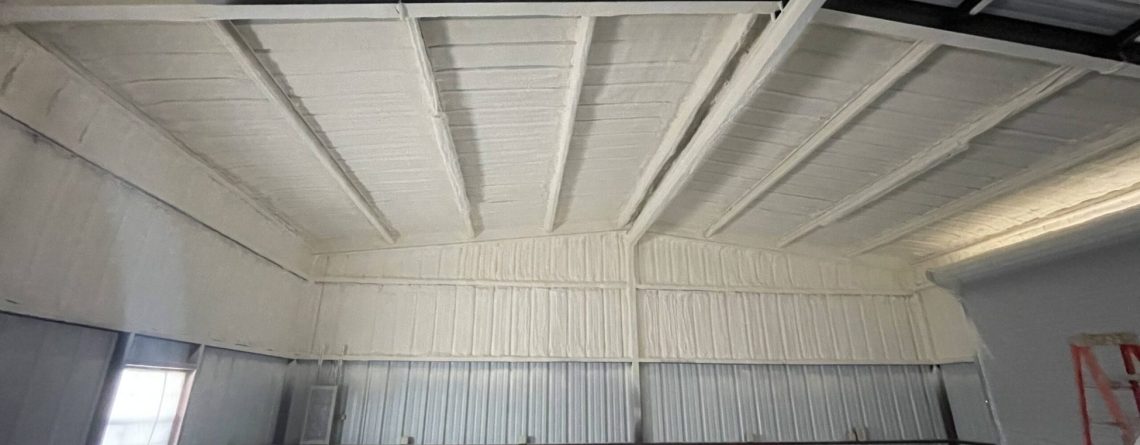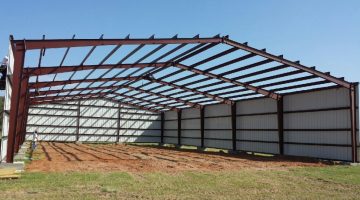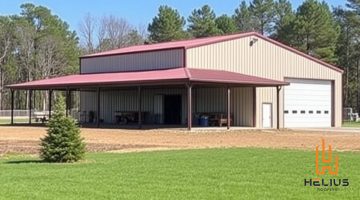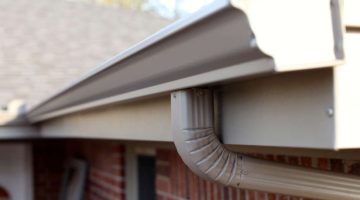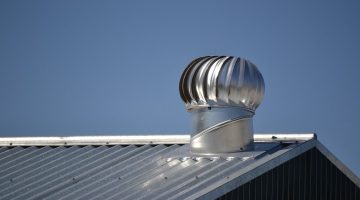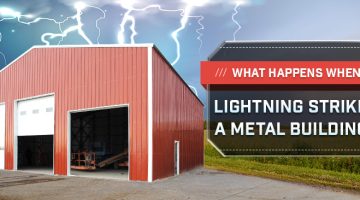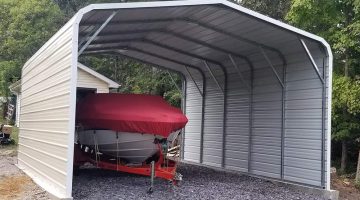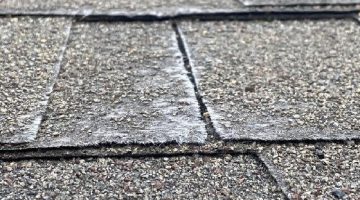By Helius Roofing & Construction
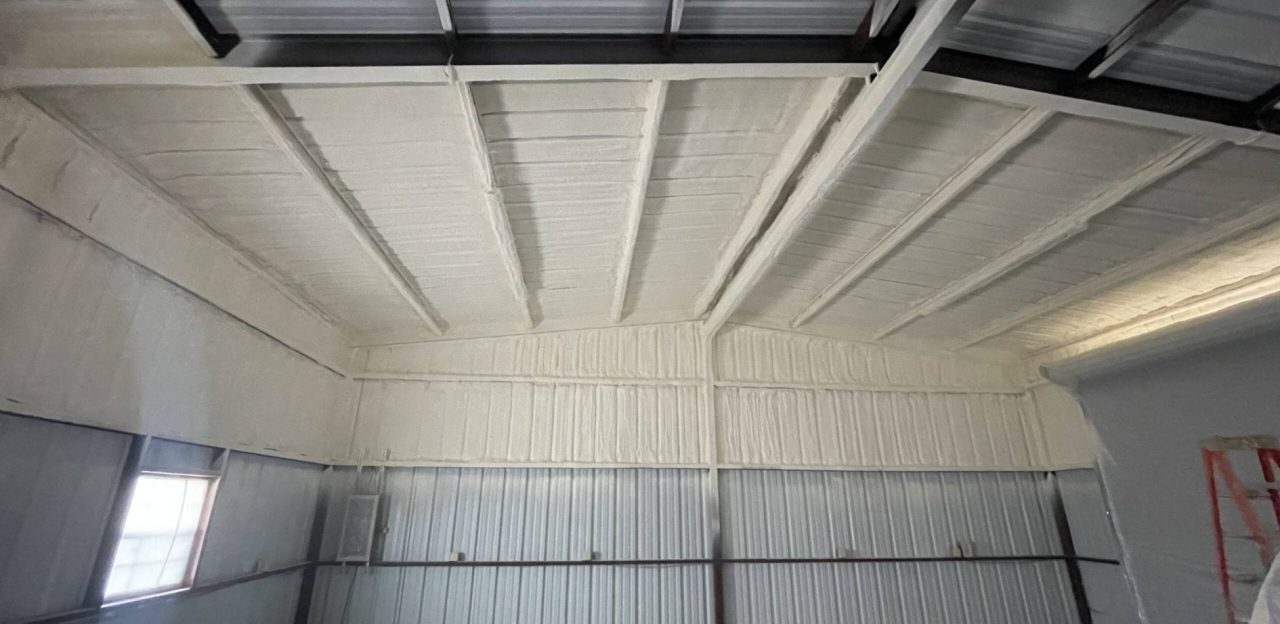
Metal buildings are increasingly popular for their versatility, durability, and cost-efficiency. Whether used for industrial warehouses, workshops, agricultural storage, or even residential purposes, metal structures have proven their worth across various sectors. However, one common challenge with metal buildings is managing temperature and condensation. Without proper insulation, metal structures can become too hot in the summer, too cold in the winter, and prone to moisture buildup. In this article, we’ll explore the different ways to insulate metal buildings, their benefits, and how to choose the right insulation for your needs.
Why Insulate Metal Buildings?
Before diving into insulation methods, let’s first understand why insulation is crucial for metal buildings:
- Temperature Regulation: Metal buildings are known to heat up quickly in the sun and cool down just as fast when temperatures drop. Proper insulation helps maintain a more consistent indoor temperature, reducing the need for heating and cooling systems.
- Energy Efficiency: Insulating your metal structure can significantly reduce energy costs. By minimizing heat transfer, insulation keeps the building warmer in winter and cooler in summer, reducing reliance on HVAC systems.
- Condensation Control: Condensation can be a major issue in metal buildings. It forms when warm, moist air inside the building comes into contact with the cooler metal surface, leading to rust, mold, and mildew. Insulation acts as a barrier to prevent condensation buildup.
- Soundproofing: Insulation can also help dampen external noise. This is especially useful if your metal building is located in a noisy area or if it’s used for activities that require a quieter environment.
- Comfort and Livability: Insulated metal buildings provide a more comfortable environment for both workers and residents. In residential applications, insulation can turn a metal building into a cozy living space.
Now that we’ve highlighted the benefits, let’s take a closer look at the different ways to insulate a metal building.
1. Fiberglass Insulation
Fiberglass insulation is one of the most common and cost-effective insulation methods for metal buildings. It’s made from fine glass fibers and is typically installed in rolls or batts.
Advantages:
- Cost-Effective: Fiberglass insulation is affordable and widely available.
- Easy Installation: It can be installed between the framing of the building, making it suitable for DIY projects.
- Good Thermal Resistance: Fiberglass has excellent thermal resistance (R-value), which measures the insulation’s ability to resist heat flow.
Disadvantages:
- Moisture Absorption: Fiberglass can absorb moisture if it gets wet, reducing its effectiveness.
- Skin Irritation: Handling fiberglass can cause skin irritation, so protective gear is necessary during installation.
Best Use:
Fiberglass insulation works well in metal buildings used for residential, commercial, or agricultural purposes, especially when cost is a major factor.
2. Spray Foam Insulation
Spray foam insulation is a popular choice for metal buildings because it provides an airtight seal and superior insulation. It’s applied as a liquid that expands into foam, filling gaps and cracks in the building’s structure.
Advantages:
- Air and Moisture Barrier: Spray foam creates a seamless barrier that prevents air leaks and moisture penetration.
- High R-Value: Spray foam offers one of the highest R-values per inch, making it very effective at regulating temperature.
- Soundproofing: Its density provides excellent soundproofing properties.
- Mold Prevention: Spray foam is resistant to mold and mildew, as it doesn’t absorb moisture.
Disadvantages:
- Cost: Spray foam is more expensive than other types of insulation.
- Professional Installation: It requires specialized equipment and expertise to install properly.
Best Use:
Spray foam insulation is ideal for metal buildings that require superior insulation performance, such as climate-controlled warehouses, workshops, or homes.
3. Reflective Foil Insulation (Radiant Barrier)
Reflective foil insulation, also known as radiant barrier insulation, works by reflecting heat away from the building. It’s made from layers of reflective foil that are typically installed on the underside of the metal roof or walls.
Advantages:
- Effective in Hot Climates: Reflective insulation is highly effective in reducing heat gain from the sun, making it a great choice for buildings in hot climates.
- Lightweight: It’s easy to handle and install due to its lightweight nature.
- Moisture Resistant: Reflective foil does not absorb moisture, preventing mold and mildew growth.
Disadvantages:
- Limited Cold Weather Performance: While it’s great for reducing heat, reflective foil insulation doesn’t provide much insulation value in cold weather.
- Requires Proper Installation: To be effective, there must be an air gap between the reflective surface and the building material.
Best Use:
Reflective foil insulation is best suited for metal buildings in hot climates where reducing solar heat gain is a priority, such as agricultural barns, garages, or storage facilities.
4. Rigid Board Insulation
Rigid board insulation, made from materials like polystyrene, polyisocyanurate, or polyurethane, is another option for insulating metal buildings. It comes in solid panels that can be cut to fit the walls or roof of the building.
Advantages:
- High R-Value: Rigid board insulation provides excellent thermal resistance.
- Durable: It’s resistant to moisture, mold, and pests, making it a long-lasting option.
- Versatile: It can be used on both walls and roofs.
Disadvantages:
- Cost: Rigid boards can be more expensive than fiberglass or reflective foil.
- Installation: Cutting and fitting rigid boards can be labor-intensive, especially for irregularly shaped areas.
Best Use:
Rigid board insulation is ideal for metal buildings that require a high-performance, durable solution, such as commercial buildings, workshops, or refrigerated storage facilities.
5. Insulated Metal Panels
Insulated metal panels (IMPs) are pre-fabricated panels that consist of metal skins with insulating foam core sandwiched in between. These panels serve as both the structural component and the insulation, offering a complete all-in-one solution.
Advantages:
- All-in-One Solution: IMPs provide insulation, structural support, and moisture protection in a single product.
- High R-Value: These panels offer superior insulation performance.
- Quick Installation: Since the panels are pre-fabricated, installation is relatively quick and easy.
Disadvantages:
- Cost: Insulated metal panels can be expensive compared to other insulation options.
- Limited Customization: Since they are pre-fabricated, IMPs may not be suitable for buildings with complex designs.
Best Use:
Insulated metal panels are best for large-scale commercial or industrial metal buildings where both insulation and structural integrity are crucial.
Choosing the Right Insulation for Your Metal Building
The best insulation for your metal building will depend on several factors, including your budget, climate, building size, and usage. Here are some considerations to help guide your decision:
- Climate: In hot climates, reflective foil insulation or spray foam may be the best option. In colder climates, fiberglass, rigid board, or insulated metal panels may be more effective.
- Budget: If you’re looking for a cost-effective solution, fiberglass or reflective foil might be the best option. For higher performance, consider spray foam or insulated panels.
- Building Purpose: If your metal building is used for storage, a basic insulation system may suffice. However, for workshops or residential spaces, higher-quality insulation will ensure comfort and energy efficiency.
At Helius Roofing & Construction, we specialize in installing high-quality insulation systems for metal buildings. Whether you’re looking for a basic insulation solution or a high-performance system, our team can help you choose the best option for your needs. Contact us today to learn more about how we can help improve the comfort and efficiency of your metal building.
Conclusion
Insulating your metal building is essential for improving energy efficiency, controlling condensation, and creating a comfortable interior environment. With various insulation options available—fiberglass, spray foam, reflective foil, rigid board, and insulated panels—you can choose the best solution for your specific needs. At Helius Roofing & Construction, we have the expertise and experience to guide you through the process of selecting and installing the right insulation for your metal building.

